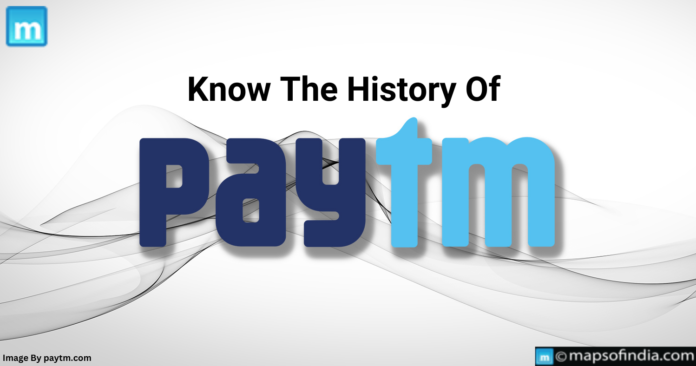Paytm started as a mobile recharge platform, and it’s now India’s leading digital payment solution. The article focuses on the inception, growth, and pivotal role in shaping India’s digital future.
The Start
The company was first founded in August 2010 by Vijay Shekhar Sharma, residing in Noida, Delhi NCR, and started as a prepaid mobile and DTH recharge platform, which was later upgraded with the addition of debit card, credit card, postpaid mobile, and landline bill payments in the year 2013.
Launch of Paytm Wallet
Paytm Wallet was introduced in January 2014 and was included in Uber and Indian Railways company as a payment option. It launched into e-commerce sites with online deals and bus ticketing in 2015 with the addition of Paytm in education fees, metro recharges, electricity, gas and water bill payments. There was a growth in the registered user base from 1.18 crore in August 2014 to 10.4 crore in August 2015.
The Major Investment
In March 2015, Paytm received a significant investment when Ant Financial Services Group, an affiliate of the Chinese e-commerce giant Alibaba Group, acquired a 40% stake in the company as part of a strategic partnership agreement. Soon after this deal, Paytm gained backing from Ratan Tata, the head of Tata Sons. In August 2016, Paytm raised additional funding from Mountain Capital, one of Taiwan-based MediaTek’s investment funds, at a valuation of over $5 billion. That same year, Paytm expanded its offerings by launching tickets for movies, events, and amusement parks through its platform, as well as beginning to provide flight ticket bookings and introducing Paytm QR payments. Later, in 2016, Paytm started offering rail ticket reservations and launched gift cards, demonstrating its rapid growth and increasing range of services in a short time, thanks to significant investments from prominent backers.
In May 2017, Paytm received its most significant single investment when SoftBank acquired a stake valued at an estimated 10 billion. The following year, Berkshire Hathaway made a 356 million investment for a 3-4% stake, though Warren Buffett was not directly involved. By 2017, Paytm became India’s first payment app to surpass 10 crore downloads, and it launched new services like Paytm Gold for buying gold online, Paytm Payments Bank, an in-app messaging platform, and a program allowing merchants to accept various payments directly into their accounts without fees. Its merchant base grew to over 70 lakh by March 2018 as it expanded its offerings. In subsequent years, Paytm continued introducing new products and services, raised additional funding, partnered with major companies, filed for an IPO in 2021, and ultimately had a record-setting $2.3 billion public listing in November 2021. However, shares dropped significantly on their first day of trading. Post-IPO, Paytm launched initiatives like an educational program as it worked to build on its position as one of India’s leading digital payment and financial technology players.
The company quickly evolved to include various financial services, from bill payments to e-commerce and even ticket bookings. Significant investments from Ant Financial, Ratan Tata, SoftBank, and Berkshire Hathaway propelled its growth. At the same time, strategic partnerships and innovations like Paytm Wallet, Paytm Gold, and Paytm Payments Bank solidified its position in the market. It saw challenges like a significant drop in share prices post-IPO.





